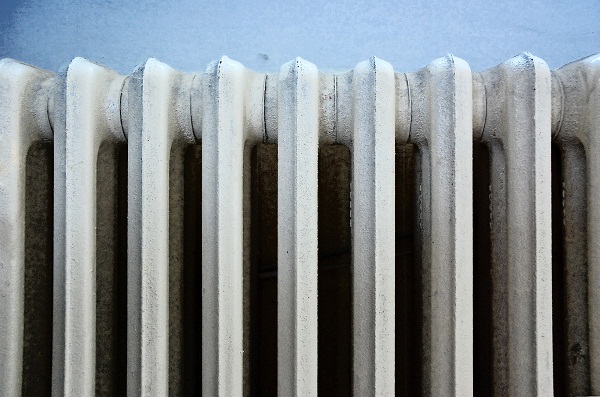PwC: EUR 5 bln of private investments and PPPs needed for Romanian district heating system



 The Romanian district heating system needs investments of 5 billion EUR in the next 10 years to increase its efficiency, reduce losses and comply with the EU environmental standards, according to the “Challenges and Opportunities for the Romanian district heating system” PwC Romania report. Private investments and Public-Private Partnerships are the ways to upgrade the current system, mostly controlled by local authorities. The annual amount of investments, of only 30 million EUR, is totally insufficient, according to PwC.
The Romanian district heating system needs investments of 5 billion EUR in the next 10 years to increase its efficiency, reduce losses and comply with the EU environmental standards, according to the “Challenges and Opportunities for the Romanian district heating system” PwC Romania report. Private investments and Public-Private Partnerships are the ways to upgrade the current system, mostly controlled by local authorities. The annual amount of investments, of only 30 million EUR, is totally insufficient, according to PwC.
Private investments and PPPs could lead to thermal energy at 20 percent to 40 percent lower costs than in an individual heating system and with substantially fewer carbon emissions, according to PwC.
It is estimated that almost 30 percent of the thermal energy produced in Romania is lost before it reaches the consumers, three times higher losses than in other EU countries. As a consequence of the inefficiency of the system, the cost for Gcal. in Romania is 20 percent higher than in other EU member states.
“The Romanian district heating system is highly inefficient and relies heavily on state subsidies in order to provide thermal energy at an affordable price for the population”, stated Bogdan Belciu, Partner, Advisory Services, PwC Romania, one of the authors of the report.
The average subsidies granted on a national level cover 40 percent of the approved distribution price for the operators per Gcal., which cost the public budget up to 500 million EUR yearly. In spite of the high subsidies level, most of the operators in the field are running losses and have high debts, which prevent them from financing the much needed investments in the rehabilitation and optimization of the system.
“Starting from next winter, the distribution granting criteria for the subsidies for the population will change, according to the EU and IMF memorandums. This might cause serious social problems, as we estimate that, in the absence of an alternative way of directing heating subsidies towards the vulnerable population, the heating costs might surpass the accepted level of 10 percent of the average income of a household, reaching 12 percent on a national level, or even 14-15 percent in some regions”, added Bogdan Belciu.
In the past 15 years, the number of towns and villages connected to the district heating system fell from over 300 municipalities in 1996 to just 100 in 2010, out of which 83 are town and 17 villages. Overall, just 18,37 percent of the Romanian population has access to the thermal energy provided by the district heating system. Bucharest alone accounts for 37 percent of the thermal energy distributed on a national level, while Central Romania is the region with the lowest penetration rate for the district heating system.
Most of Romania's rural areas are still traditionally heated, using woods for making fire.
editor@romania-insider.com
(Photo source: Sxc.hu)